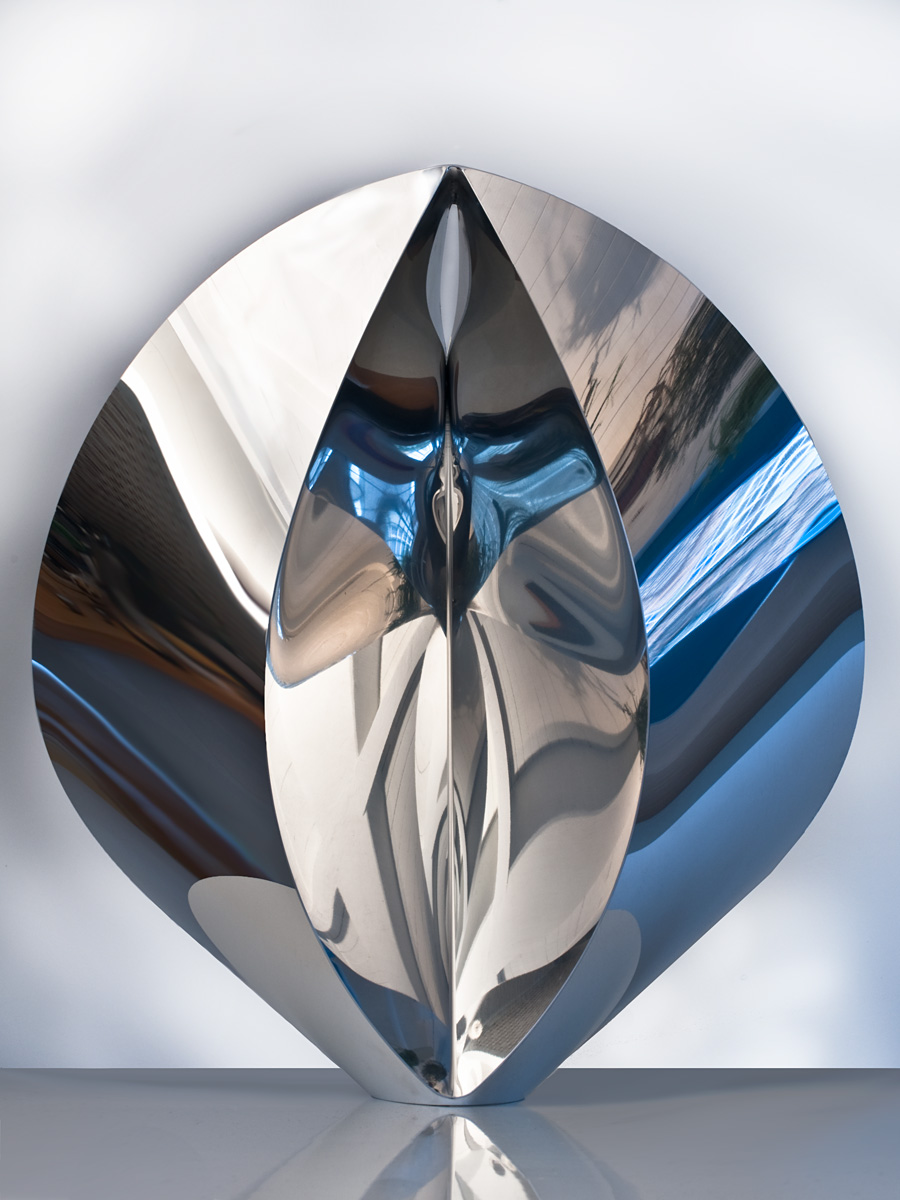Stathis Lagoudakis is a Greek born artist who lives and works in London and Athens.
His work in public and private collections include: Selfridges, the Goodwood Estate, Ziggurart offices in London, The American College in Athens, Franfurt Alter Opera and a large sight specific light installation at the lobby of the Club Hotel next to St Paul’s Cathedral.
After his BA (hons) in painting from Central School of Art & Design, he was awarded the School of the Art Institute of Chicago “Edward L.Ryerson travelling fellowship, obtaining an MFA in photography and video.
Parallel to his art practice, he has been involved in interior design, installations and running Leighton Space, an independent art and performance space.
He has been a lecturer for the past two decades in Art & Design at Foundation and Graduate level.
With his back to the wall
Stathis’ art centers on a paradox. The works themselves and the way they are exhibited bring to mind traditional forms of representation, with paintings hung on the walls, but in fact they question the very boundaries between painting, sculpture and architecture, establishing an altogether different sense of balance.
The paradox lies in the way that the three-dimensional objects he creates give the impression of two-dimensional images. In other words, the three-dimensional objects, which one would expect to find in a place where visitors can easily view them all round, are actually hung on the wall like two-dimensional images, with an emphasis nonetheless on their three-dimensional features. This approach undermines the rigid distinction between sculpture and traditional painting.
This paradoxical placing of three-dimensional objects on the wall, which features in almost all of Stathis’ work, creates a sense of mystery that compels one’s gaze and body to look for the “rear” view and “hidden” dimension of his work. This creates a unique kind of dance as the works “move about” in the space, making the visitors in turn move around with their bodies. Taking part in this dance seems to be a prerequisite for understanding his art.
The way that Stathis creates his art has an Eastern-like precision and a graceful sense of violence, The forces that come into play to materialize the works (by tearing, twisting and shaking them) seem to echo Eastern martial arts, while the techniques and materials he uses bring to mind delicate kites and elegant musical instruments.
Underlying all these characteristics is a fully controlled sense of movement whose energy permeates the space in its entirety.
Andreas Kourkoulas
Architect. Associate Professor NTUA

